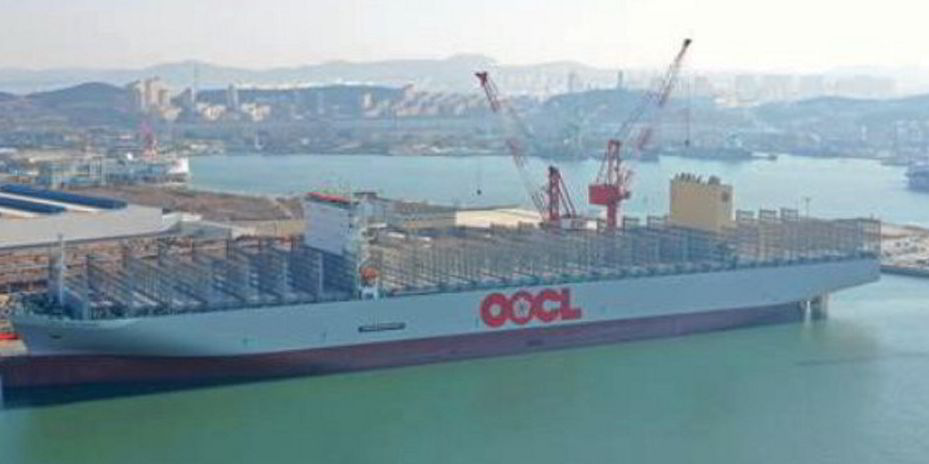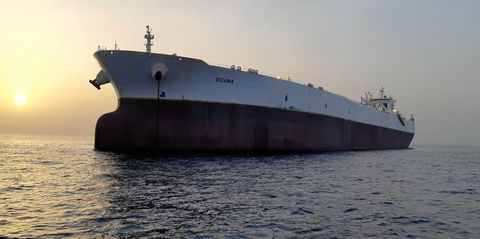The container shipping industry posted a net loss of nearly $700m in the final three months of 2023 — down $35.4bn on a profit of $34.7bn in the same period the year before.
That was the first loss logged by the sector in three-and-a-half years, according to a quarterly review by US industry expert John McCown.
Losses in the final quarter continued a downward earnings trend seen over the past 18 months, down from peak earnings of $63.1bn in the second quarter of 2022.
“This is the sixth straight quarterly downturn after seven straight quarters of record net income for the sector,” McCown writes.
The figures reflect the negative results of 11 liner operators that report financial results.
These include hefty losses logged by AP Moller-Maersk, Hapag-Lloyd, Zim and CMA CGM.
The container shipping industry’s dismal performance in the final quarter translated to a staggering decrease in net income for 2023, plummeting by $191.5bn, or 88.6%, to $24.7bn.
That is down from a record $216.2bn net income in 2022.
The losses reflect the fall in freight rates, although volumes may be picking up, the report notes.
Worldwide container volume was up 7.6% in the fourth quarter of last year compared with the same quarter in the previous year.
That is one of several factors that may make it easier for the container industry to manage the large newbuilding orderbook.
Volume trends
“Recent worldwide volume trends are showing more strength than has been seen in years,” notes McCown.
“In addition, it is likely that carriers will make more use of blanking sailings than they did prior to the pandemic to mitigate the impact of excess capacity.”
Container freight rates spiked in the early part of this year due to Red Sea diversions.
Spot rates from Asia to North America and Europe peaked in early January and February.
Since then, they have declined by around 30%.
However, rates on the East-West trades remain about double their pre-pandemic levels.






